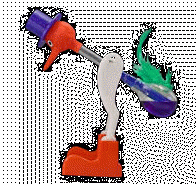|
Unit 6 - Earth & Space
free
simulations, worksheets, videos, images, animations and more.
Lesson 6.1
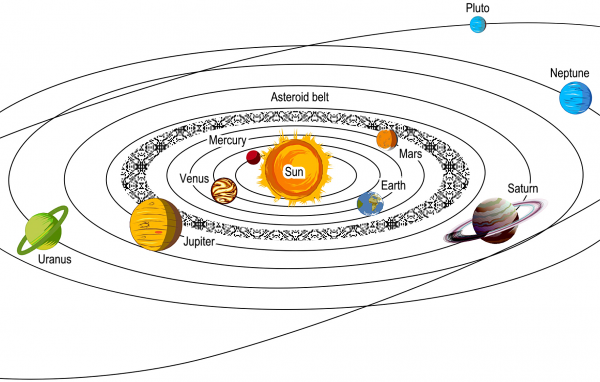
|
|
Learn about the objects in our solar system,
including planets, asteroids, comets, moons and more!
|
|
|
|
Lesson 6.2
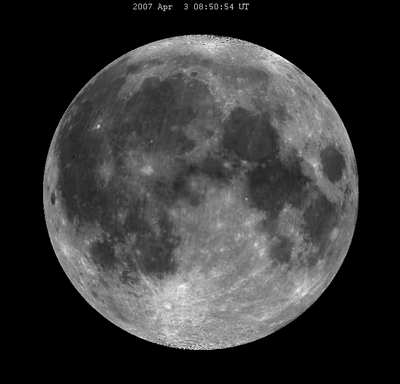

|
|
Lessons and activities for teaching about
space.
SEASONS. MOON PHASES.
Coming soon.
|
|
|
|
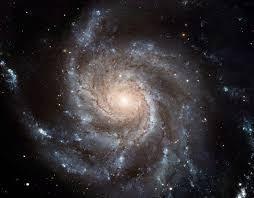
 |
|
Lessons and activities for teaching about
space.
Coming soon.
|
|
|
|
|

|
|
Investigate the orbits of planets, comets, and moons
using the orbital simulator, and find out about the orbits of
asteroids and satellites.
Covers calculations of orbital speeds too.
|
|
|
|
 |
|
Lessons and activities for teaching about
space.
Coming soon.
|
|
|
|
Lesson 6.6
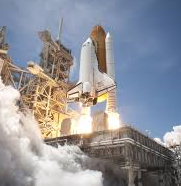

|
|
Covers ideas about mass and weight on other
planets, moons, other bodies, or in outer space.
|
|
|
|

|
|
Pressure in liquids and gases, including ideas
about kinetic theory and pressure in our atmosphere.
Coming soon.
|
|
|
|
|

|
|
Consolidates the work on pressure in fluids;
extends these ideas to including depression and elevation of boiling
points with varying pressure / altitude.
Coming soon.
|
|
|
|
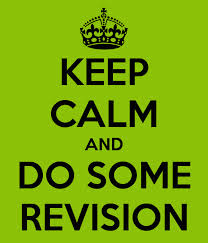 |
|
Lots of revision materials, worksheets and more!
Includes a complete summary sheet for the module.
Coming soon.
|
|
|
|
|
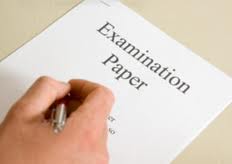
|
|
Testing, target setting and more. Coming soon.
|
|
|
|

|
|
The Key Stage 3 Earth & Space module covers the basics
of objects in our solar system and beyond, orbits, stars and
constellations, pressure in fluids like our atmosphere, weight,
mass and gravity.
The solar system
simulator below is great for students to investigate the elliptical
orbits of asteroids and comets as
well as binary and multi-star systems, slingshot orbits and
more. This module is in the very early stages of
construction; keep checking back for updates!
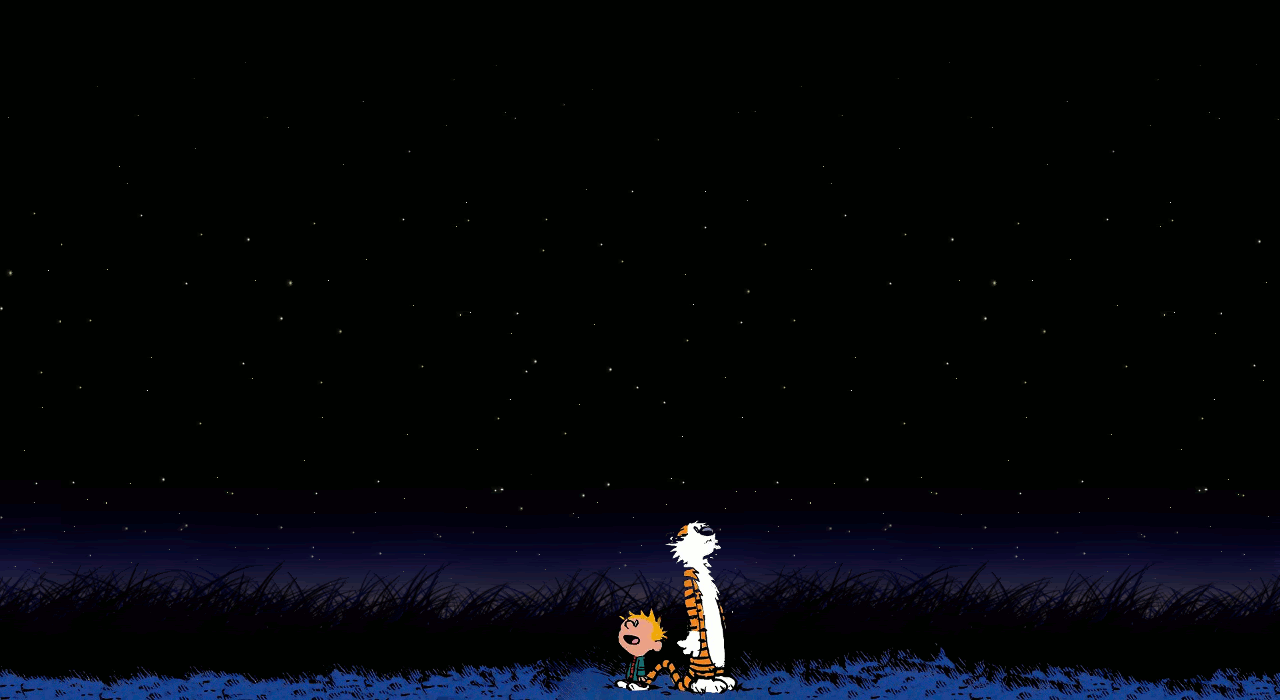
Image credit:
giphy.com
|
|
|
|
Some fun things in this module:
|
|
|

|
|
Students can easily
build simple Galilean and Keplerian telescopes
using commonly available biconvex and biconcave
lenses ,
and
explore ideas about telescope optics
using ray boxes and glass/acrylic blocks.
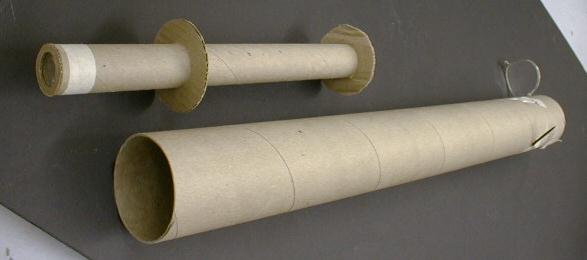
Making telescopes is fun, using
lens holders or cardboard tubes.
There are now some
very
affordable laser ray boxes
which are great for illustrating these ideas.
Timstar do a great kit
here (UK), or Arbor Scientific sell the same kit
here (US).
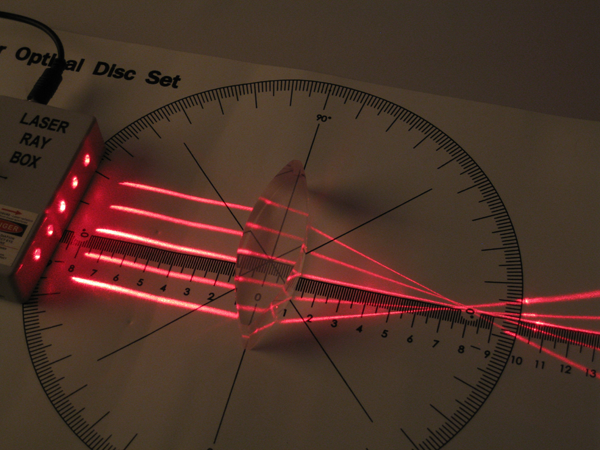
Laser ray boxes - fantastic for optics demos.
Galileo's observations
of Jovian moons
are considered, and Ptolemaic and Copernican models of the
solar system are are examined. Click the image below
for a
high resolution zoomable model of Ptolemy's geocentric
(earth centred) model of the solar system.
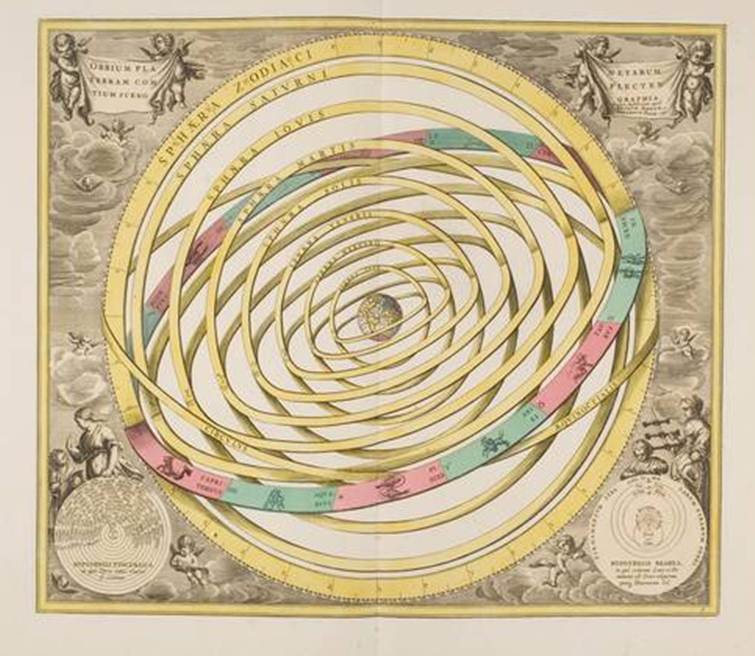 Click the image to go to
a high resolution zoomable version.
|
|
|
|
